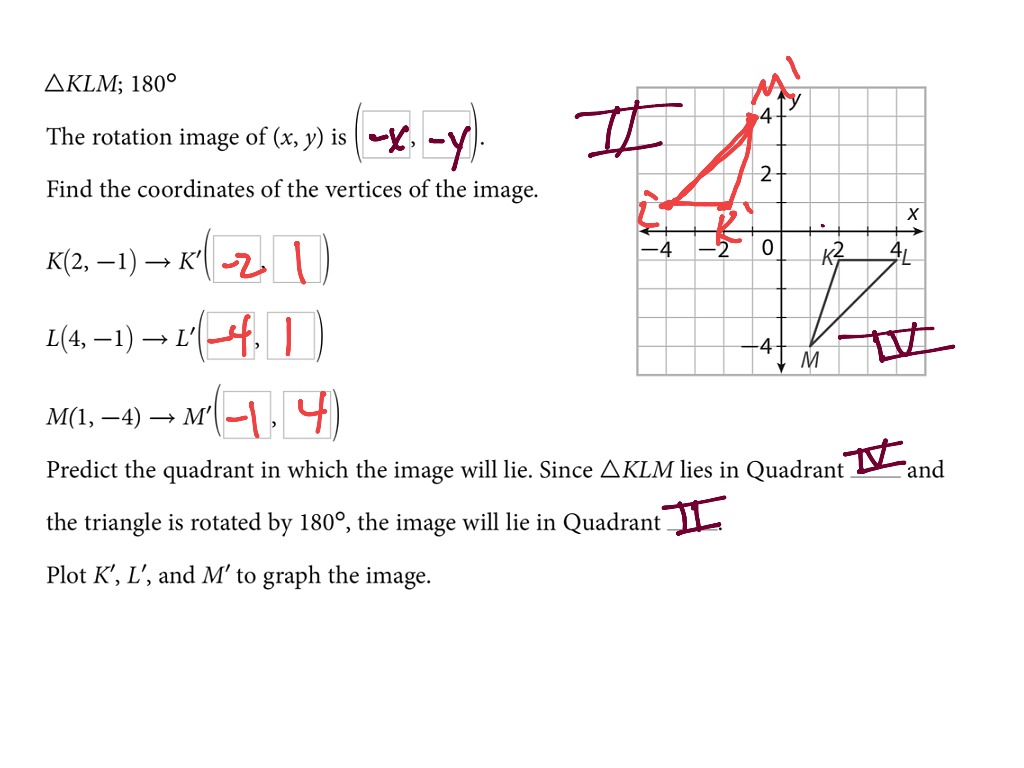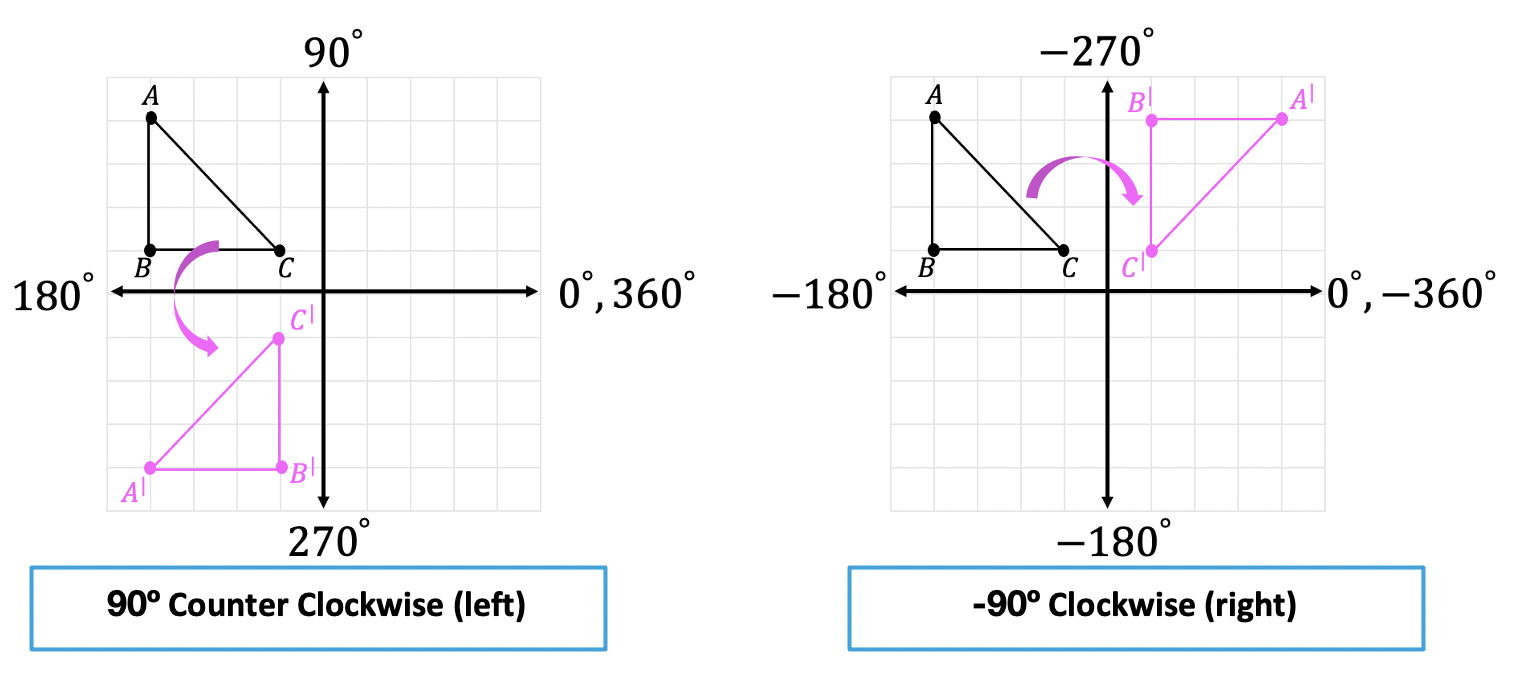

In this example only for Z a different value was needed.Īt this point you can select how to proceed: using solution 2 (Transform the geometry) or using solution 3 (Create a new STL file). It is shown as a blue cube ("orientator on workpiece zero point") and needs to be positioned on the required center of rotation. Now select 'Custom' for the translations that need to be changed (Y and/or Z), and change the values to correctly position the zero point (you can press Apply to view the new position).The (disabled) edit fields for Y and Z will show which translation values are applied. Now the zero point should be at the same position as it was when Center geometry was checked. On tab Zero-point select 'Make center of (material) block zero' and press Apply.In the Part Parameters Uncheck 'Use rotation axis' and 'Center geometry'.Use the Translation option (Part parameters) to locate the zero point at the required position. Open the CAD data in the original CAD program (or in any other CAD program), translate and transform to achieve the desired orientation and center of rotation, and then write a new STL file. In case you cannot use any of the above options you can of course go back to the source of your STL data. Next start a fresh project and load this new STL file to calculate the rotary toolpaths. Then Save the geometry to create a new STL file, including these changes. Load the STL file, do NOT check Use rotation axis, set the desired orientation and center of rotation using the transformations and translations in the Part parameters. In these versions you can use a different 'trick':

In older DeskProto versions (up to V6.1) the transformation option described above is not available. You can use them to set the desired orientation and center of rotation: they will be effective when calculating the (rotary) toolpaths.

The transformations (including translations) that you enter here are processed immediately when loading the CAD data. This is a rather hidden option: normally when using DeskProto you will not see it. Transform the geometry in the Project parametersĭeskProto offers an extra option to transform and translate the geometry (since V7.0): in the Project parameters you can find a Transformation dialog for every CAD file. In case this solves the problem then no further action is needed.Ģ. This is in fact a translation too, however this one will be done before the calculations start. The point X=0/Y=0/Z=0 will now be set in the exact center of the geometry (for each of the axes halfway between min and max).

Example 2: Also change size and orientationĭeskProto offers an option that may help: the option " Center geometry" (Part parameters, tab Transform).Example 1: Change the center of rotation.Transform the geometry in the Project parameters On this page four solutions are shown, and two examples. Changing the Zero point settings in the DeskProto Part Parameters won't make a difference, as these translations are added after calculating the toolpaths. However, for other designs and for 3D scans this might not give the desired results: you may need a different center of rotation. In many cases that will be what the user wants: for instance most ring designers will use a zero point in their CAD model at the exact center of the ring. This is the line parallel to X at the location Y=0.0 and Z=0.0, in the STL file's coordinates (so in CAD coordinates). When calculating rotation axis toolpaths, DeskProto will make the geometry rotate round the "true" X-axis. Support > Tips&Tricks > when using DeskProto > Aligning for rotary machining Aligning geometry for rotation axis machining Orient and position your geometry in the block


 0 kommentar(er)
0 kommentar(er)
